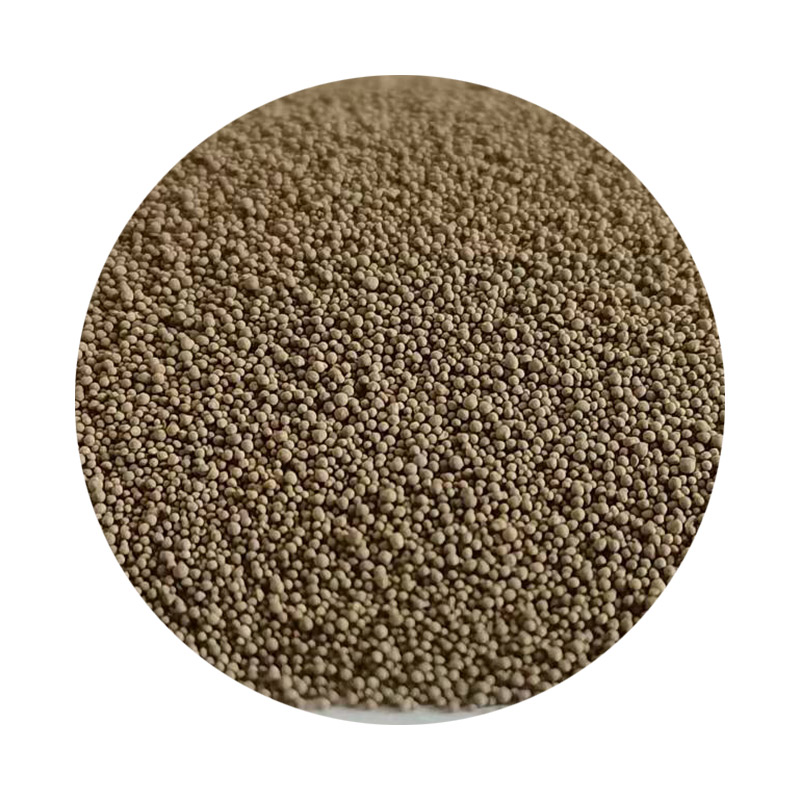How to Make Foundry Sand
Foundry sand plays a crucial role in the casting process, used extensively in metal forming for its ability to withstand high temperatures and ensure a smooth surface finish. In this article, we will explore the steps involved in making foundry sand, emphasizing the materials, preparation, and application processes.
Materials Needed
To create foundry sand, you'll primarily need silica sand, which is the key ingredient. The quality of the sand is vital; it should be finely graded and free from impurities. Other materials may include
1. Clay Bentonite clay is commonly added to enhance the binding properties of the sand and improve its ability to hold together during casting. 2. Water Water is essential for activating the clay and ensuring the sand mixture attains the desired consistency. 3. Additives Depending on specific requirements, you may also use additives such as resins or chemical binders, which improve the strength and properties of the sand.
Step-by-Step Process
Step 1 Selection of Sand
Begin by selecting high-quality silica sand. This sand should be clean, well-graded, and have a uniform particle size. Avoid sand that contains clay, silt, or other contaminants, as these can adversely affect the casting process.
Step 2 Conditioning the Sand
how to make foundry sand

In a mixing container, combine the silica sand with the bentonite clay. A common ratio is around 5-10% clay to sand, but this can vary based on the specific casting requirements. Slowly add water to the mixture while stirring to achieve a consistent texture. Aim for a moisture content of about 2-5%, as too much water can lead to clumping and poor mold quality.
Step 3 Mixing and Testing
Thoroughly mix the sand and clay until they are homogeneously combined. This ensures that the clay coats the sand grains evenly, enhancing the sand's binding properties. Conduct a “moldability test” by taking a handful of the mixture and squeezing it in your hand. If it retains its shape without crumbling, the mixture is ready for use.
Step 4 Storage
It's essential to store the foundry sand mixture properly. Keep it in a dry, ventilated area to prevent moisture absorption, which can compromise its performance. Make sure to use it within a reasonable timeframe, as prolonged storage can alter its properties.
Application in Casting
Once the foundry sand is prepared, it can be used in various casting processes, including sand casting, where molds are created from the sand mixture. The sand can withstand the heat of molten metals and provides excellent detail reproduction and a smooth surface finish.
Conclusion
Making foundry sand is a straightforward process that requires attention to detail and understanding of materials. By carefully selecting the right sand, conditionally mixing it with clay and water, and testing its quality, you can create an effective foundry sand mixture suitable for various metal casting applications. Whether for hobbyist projects or industrial production, mastering the art of foundry sand preparation is a valuable skill in the realm of metalworking.
Post time:Agu . 30, 2024 16:54
Next:Physical Properties of Foundry Sand - Comprehensive Guide
